Both Ukraine and Russia have made use of small UGV’s to attack field defences, it is difficult to see a future where these are not a real future threat.
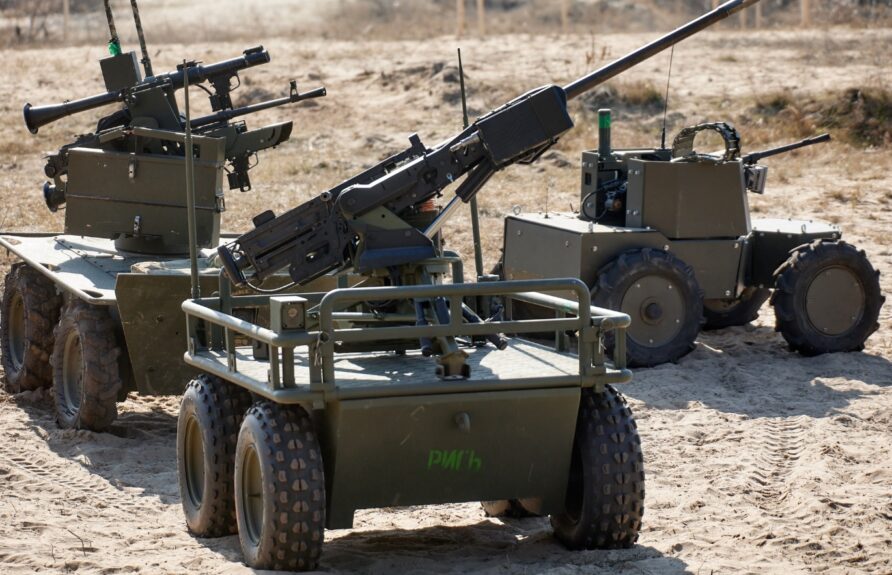
Smaller devices have been fielded in Ukraine.
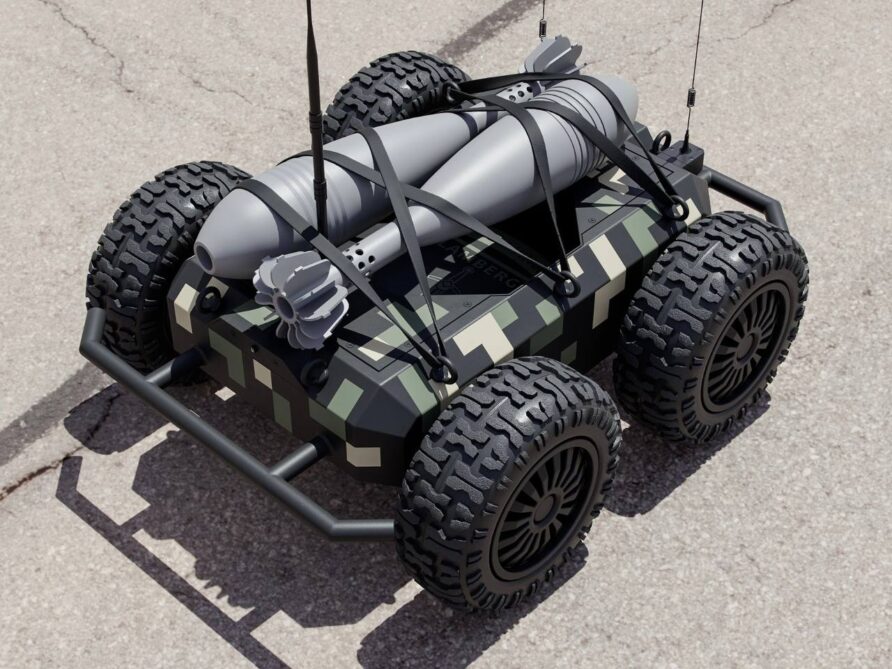
Infiltrating field defences, they have proven quite effective.
The British Army has tested the Ghost Robotics V60 Quadruped robotic dog for potential use in defence applications.
Soldiers from the 23 Parachute Engineer Regiment joined forces with experts from the DE&S Expeditionary Robotics Centre of Expertise (ERCoE) to test the potential use cases of the Ghost robotic dog (also known as a quadruped) for the British Army.
Developed by Ghost Robotics, the state-of-the-art system is designed to navigate complex urban and natural terrains. Boasting a top speed of 3 m/s and a max payload of 10 kg, the V60 quadruped is an agile and durable all-weather ground drone. It is equipped to deploy by parachute, helicopter, and air landing.
The datasheet for the V60 describes a ground clearance of 550 mm, typical of the type.
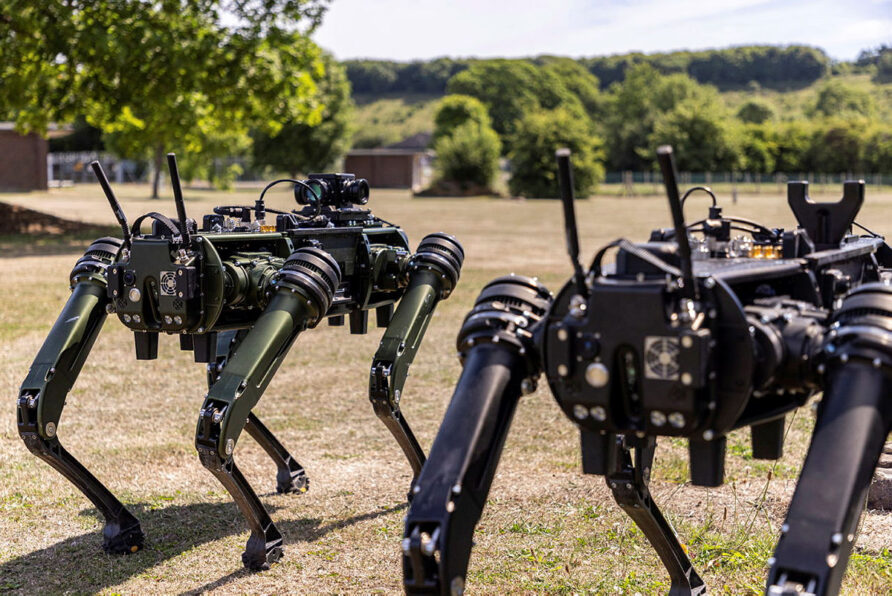
It has been widely reported that similar models have also been supplied to Ukraine, the Armourers Bench website has an excellent summary at this link.
Other designs have been tested, this hybrid design demonstrating exceptional mobility, even with a 40 kg payload.
It is also easy to envisage a robot snake with a small explosive charge, these would be challenging to defeat.
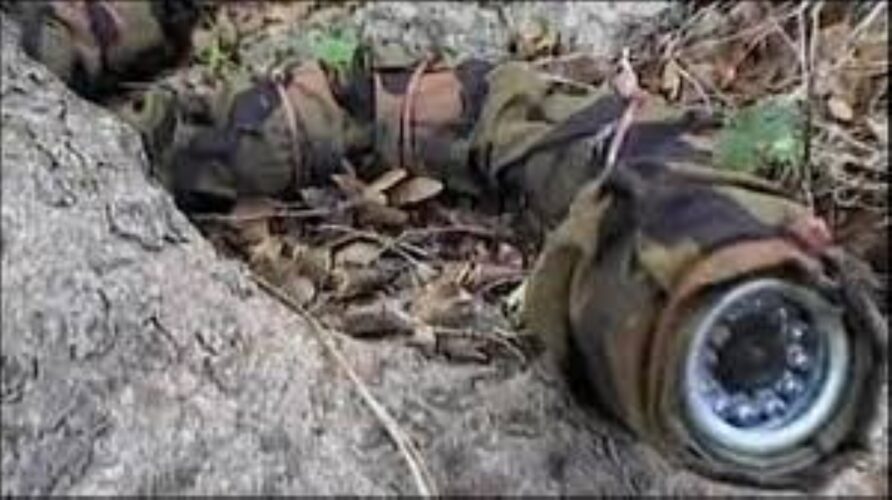
Alongside more conventional counters., we should perhaps be thinking about how to provide physical means of countering their mobility?
Conventional wire obstacles and ditches, as per the posts below, are obvious choices.
Concertina tape is one obvious solution, any of the designs in this post
But, to impede a UGV, do we really need razor sharp barbs?
Same with anti-tank ditches
But, there may be less labour and equipment intensive options beyond the larger scale solutions.
Wire and Mesh Barriers
100m of high tensile barbed wire weighs 8 kg.
100m of 4 mm 7 strand galvanised steel wire rope weighs 6 kg.
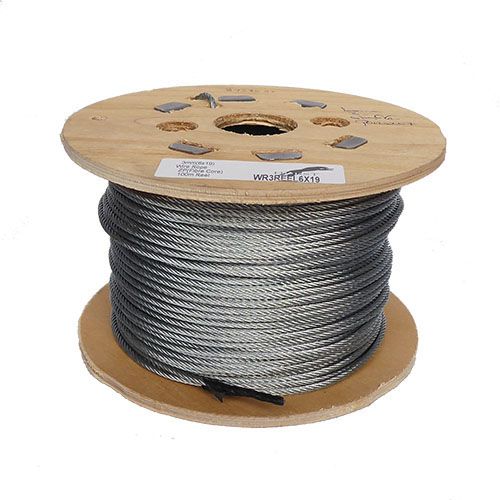
It is pricier, but not only is lighter, it is more compact on the reel, and considerably easier to use.
Simple galvanised wire could also be used.
At the correct height, and with sufficient tension, one or two strands of galvanised steel wire rope may be enough to provide an effective barrier.
The benefit of simple post and wire barriers in complex terrain, like below (with the Spirafix anchors) is that they can be effective and quick to install.
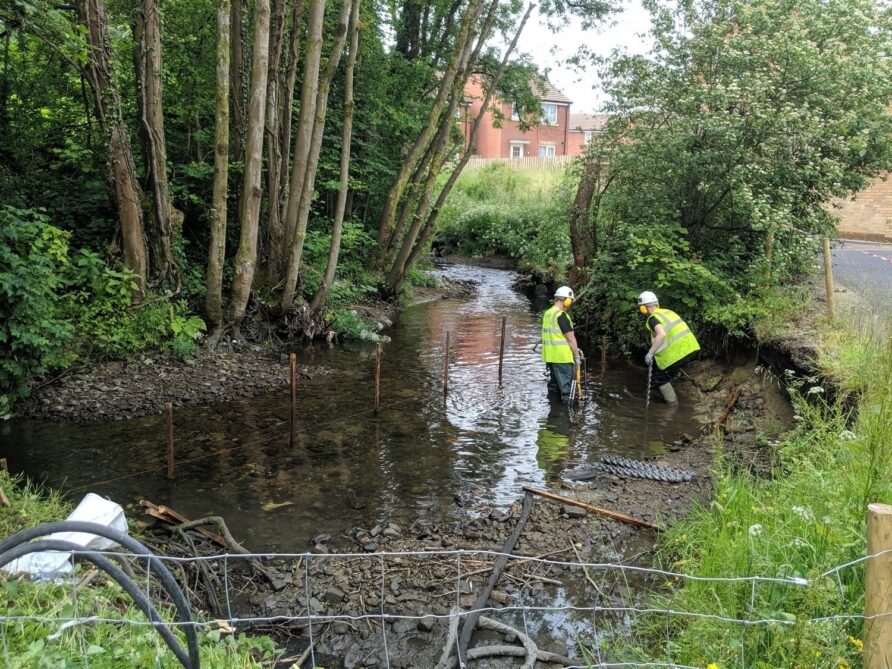
T post, Vineyard or Clipex posts can be hand-driven or with any of the post drivers showcased in the Wire post.
And tensioned, with conventional radisseurs or those from Gripple.
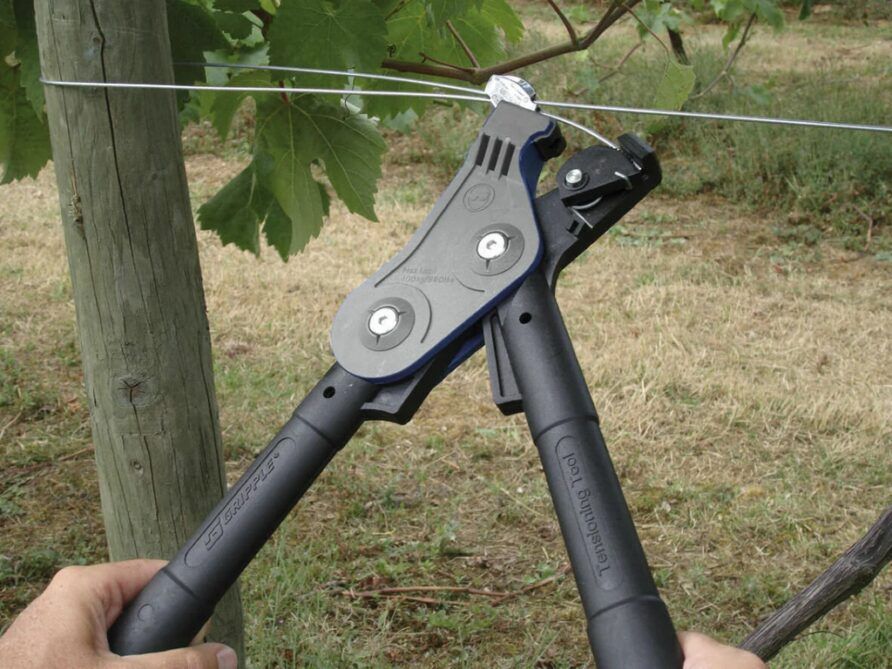
Any combination of these used to create a simple vertical ‘fence’ would be quick.
But they might not defeat some of the robot dogs with significant jumping capability.
The barbed wire ‘Double Apron’ shown below would be an option for this, except not with barbed wire, and perhaps in a single apron configuration.
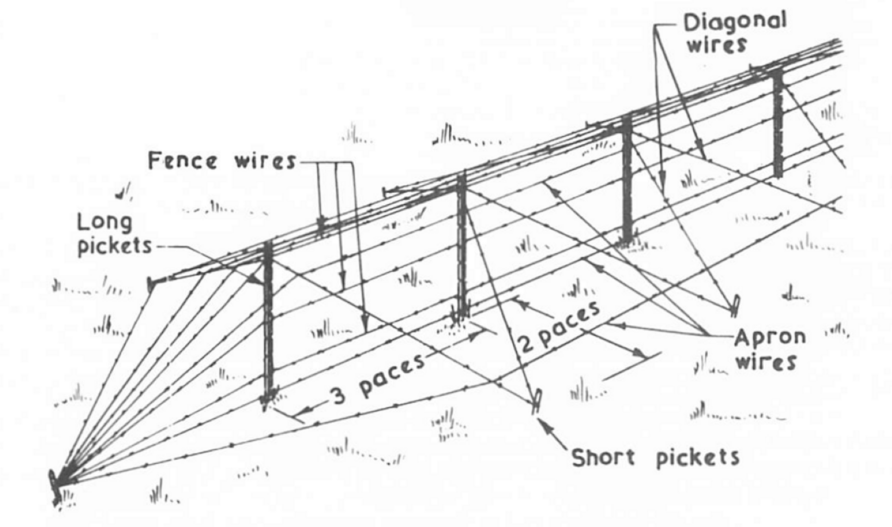
In an urban environment, UGVs will still be an issue, wheeled, tracked, or with legs
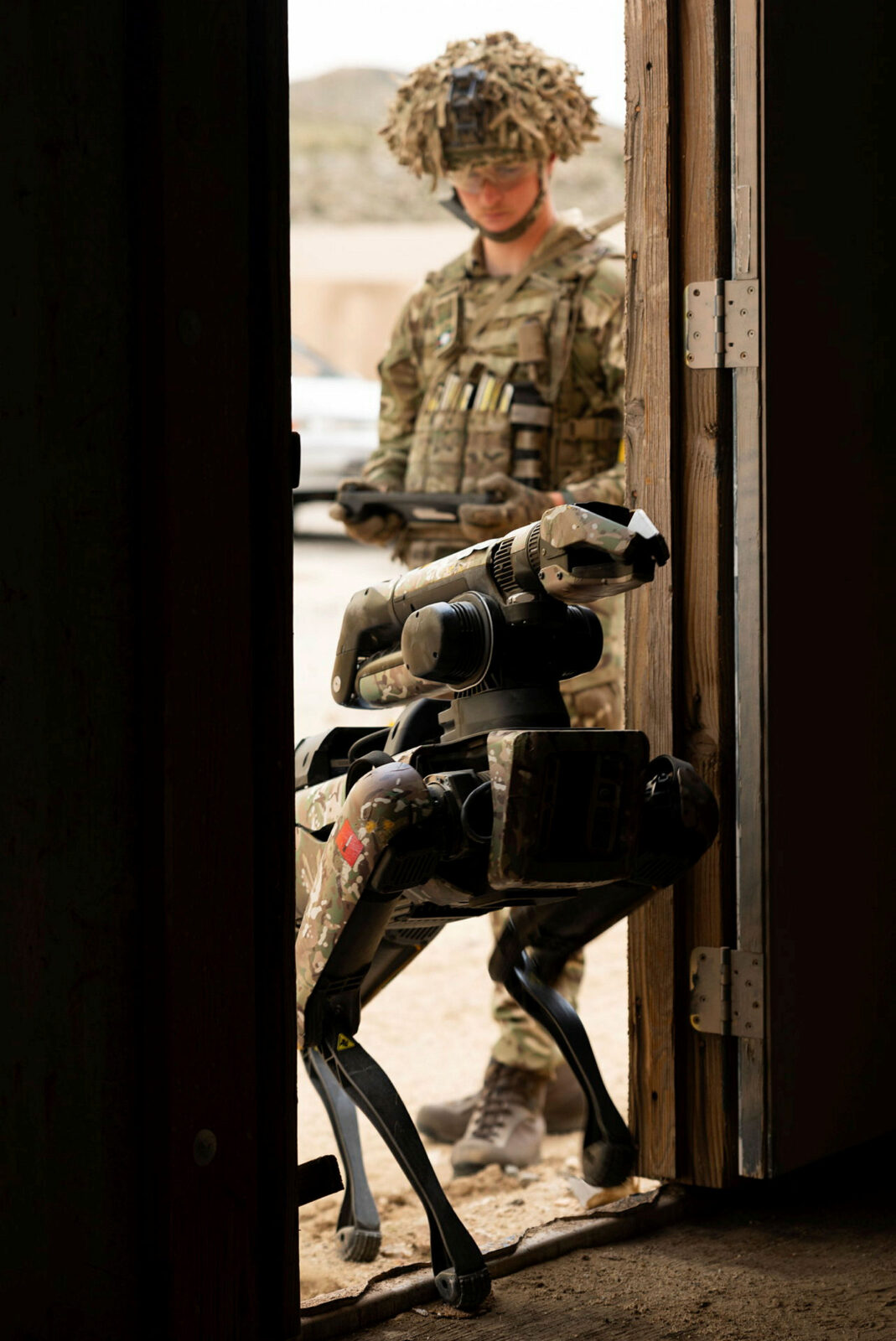
We can use any debris or nearby materials to block doorways and entrances.
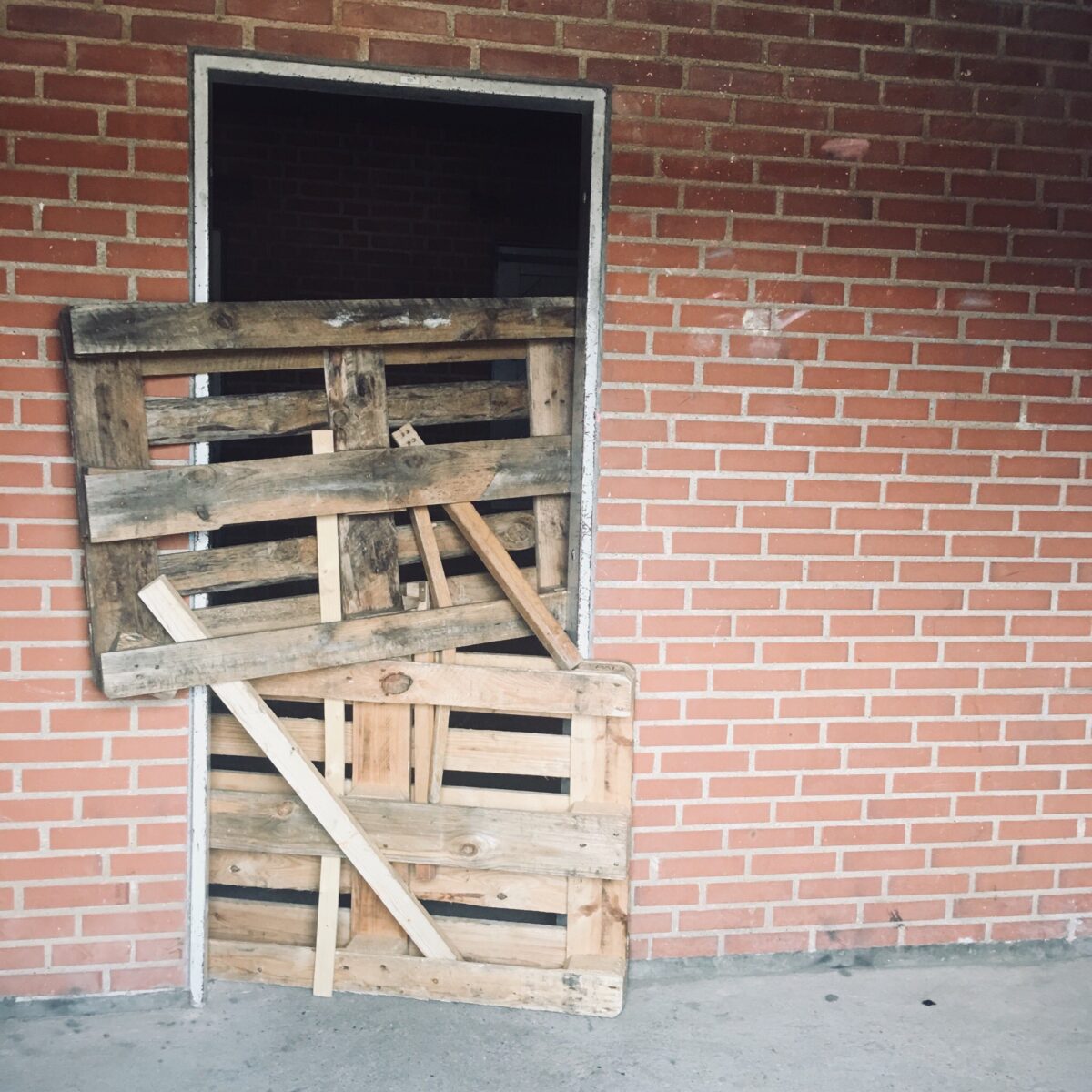
Or again, look at the fencing and vineyard industry, combined with powder actuated tools for rapid fixing installation.
A simple wire grillage could be created in less than a few minutes with a combination of a powder actuated fixings, small diameter steel wire rope, and a tensioning system.
Any low-cost plastic garden mesh could be used to enhance such a doorway barrier, just add cable ties.
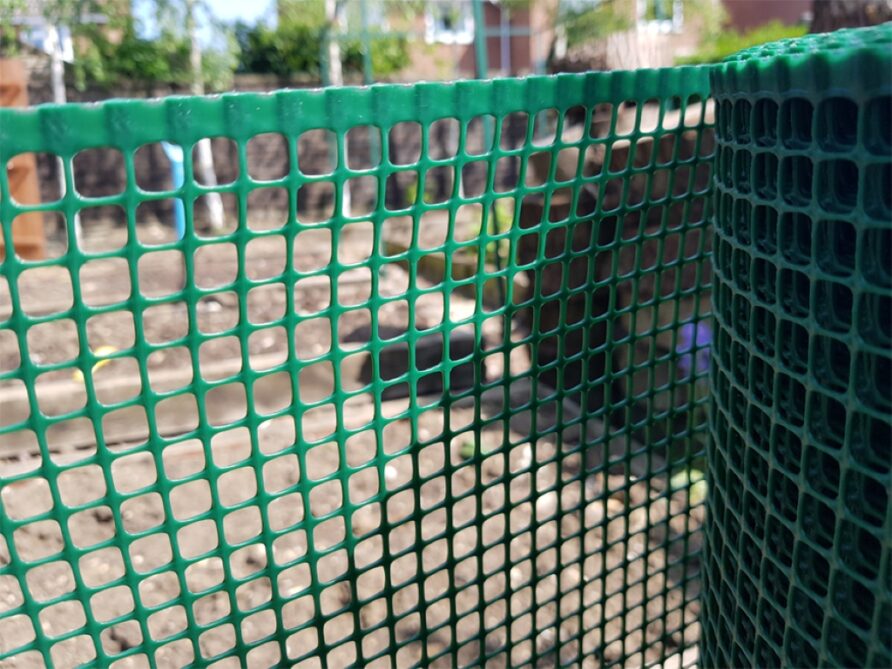
Even the snake like robots we have seen might be defeated by this combination?
Ditches
For the smaller UGV’s, a smaller ditch might also be effective.
In the Anti-Tank Ditch post in this series, I discounted civilian chain trenchers because they do not exist in models wider than a couple of metres, and would be highly specialised equipment items to purchase and maintain.
Because a UGV ditch only needs to be perhaps a half metre wide, and no more than a metre deep, an excavator attachment might be suitable.

Especially those that can eject the spoil on one side, creating the classic anti tank ditch profile.
Kemroc offers a range of models, that can also be used with hard ground and rock, useful in more complex terrain and urban areas.
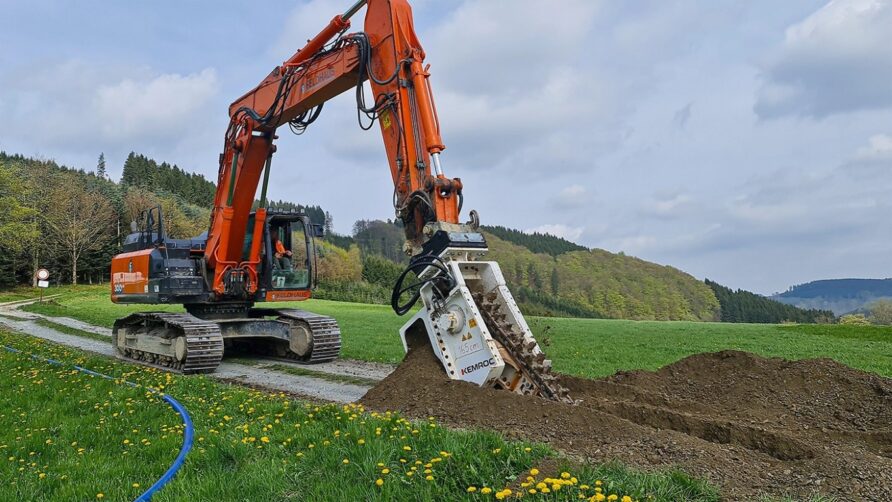
This reduces cost and equipment support, it would be just another attachment among many.
I think wire would be more effective and quicker, but worth experimenting.
Foam
The final option is Spray polyurethane foam (SPF).
This material is commonly used as water stops and trench breakers, designed to resist soil erosion alongside a pipeline.
It is fairly horrible stuff to use and, more conventionally, constrained by the sides of the trench.
It also requires specialist equipment.
Discover more from Think Defence
Subscribe to get the latest posts sent to your email.


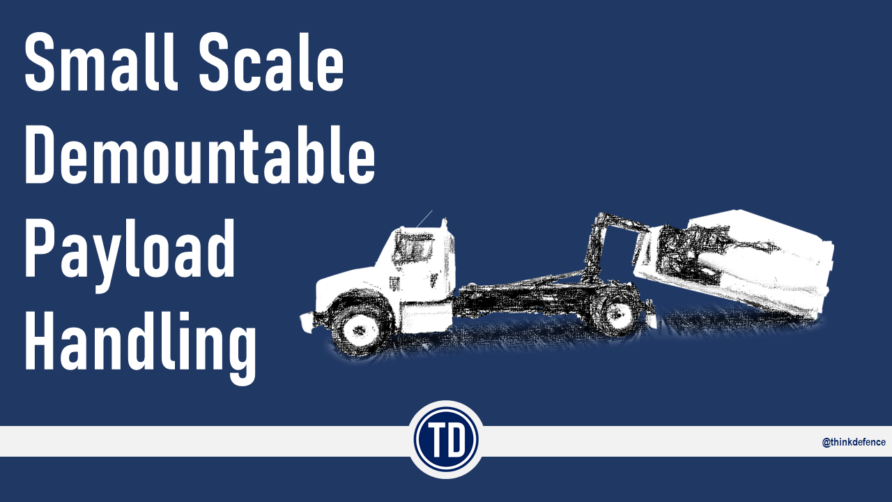

Thank you
Mono-filament fishing net should be lighter yet still plenty strong enough to stop most things
What about A-Tk mines with the belly attack rods. Would also protect against vehicles.